The Big Picture: Land Reform Is Settled—But Paperwork Isn’t
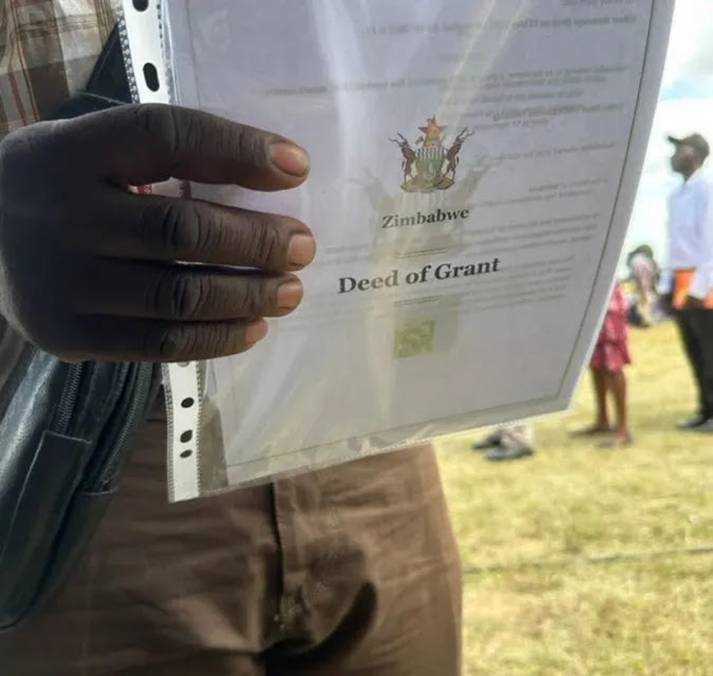
Legal Correspondent
Land reform is not up for reversal, and the courts have consistently upheld that position.
But beneath that political certainty lies a messy, fragmented paper trail that dates back:
- to the 1980s settlement schemes,
- the FTLRP allocations after 2000,
- the era of multiple offer letters,
- and the more recent urban state-land allocations.
The result is a legal landscape where ownership is secure in principle but murky in documentation—and this is where litigation is exploding.
2. Offer Letter vs. Permit vs. Lease vs. Title: Four Instruments, Zero Harmony
Zimbabwe currently has four parallel instruments governing access to land:
✅ Offer letters
✅ A1 permits
✅ 99-year leases
✅ Title deeds (mostly old ones or urban properties)
The problem: these instruments were created at different political moments and don’t fully correspond to one another.
Murky zone:
- An offer letter gives access but not ownership.
- A permit gives occupation but not commercial security.
- A 99-year lease promises bankability, but banks still treat it as high-risk.
- A deed is full ownership—but applies mostly to pre-reform land.
Courts are often asked to determine which document outweighs which—and the case law is inconsistent because the legislation around these instruments has never been consolidated.
3. Dual Allocations: One Farm, Two (Sometimes Three) Beneficiaries
The most common cause of litigation is overlapping offer letters issued at district and ministry levels during the chaotic early 2000s and again around 2008.
Murky zone:
Related Stories
- Two people hold valid-looking paperwork issued years apart.
- File numbers are missing, maps conflict, or boundaries are unclear.
- Some beneficiaries never took occupation, creating “sleeping claims” that revive during elections or investment cycles.
Courts must determine who the “lawful holder” is—but without a fully digitized land registry, judgments sometimes depend on witness testimony rather than clean records.
4. The Urban Land Wild West: State-Land, Cooperatives & Barons
Urban and peri-urban land is now the most contested frontier.
Where the murkiness lies:
- Some cooperatives were legally registered; others were political outfits with no constitutional footing.
- State land around Harare was parceled out with “allocation letters” that have no statutory backing.
- Land barons sold pegs, not land, creating thousands of purchasers with receipts but no legal title.
The Ministry of Local Government and councils clash frequently—each claiming control over the same pieces of land. Court files are thick with interdicts, nullifications, and contempt applications.
5. Former Owners’ Residual Rights: The Silent Battlefield
While compensation is now a settled issue under the Global Compensation Deed, a few former commercial farmers still challenge repossession on procedural grounds:
- Was due process followed?
- Was the acquisition gazetted properly?
- Were boundaries correctly surveyed?
These cases can’t trigger reversal of land reform—but they clog courts because the administrative chain from 2000 to 2008 was chaotic.
6. The Real Cost of Murkiness: Investment Delays, Bank Reluctance & Disputes
The biggest loser is productivity.
Farmers without bankable documents can’t borrow.
Investors avoid joint ventures when paperwork isn’t clear.
The government loses revenue when leases and permits are not updated.
7. What Needs Fixing (For a Sovereign, Modern System)
- A unified land act replacing the patchwork of statutes.
- A digital, geo-referenced land registry.
- Rules clarifying the hierarchy of documents (permit vs. lease vs. offer letter).
- A national boundary-verification exercise.
Editor's note—The author is a legal practitioner who specializes in conveyance and warns that the information here is for general guidance only.


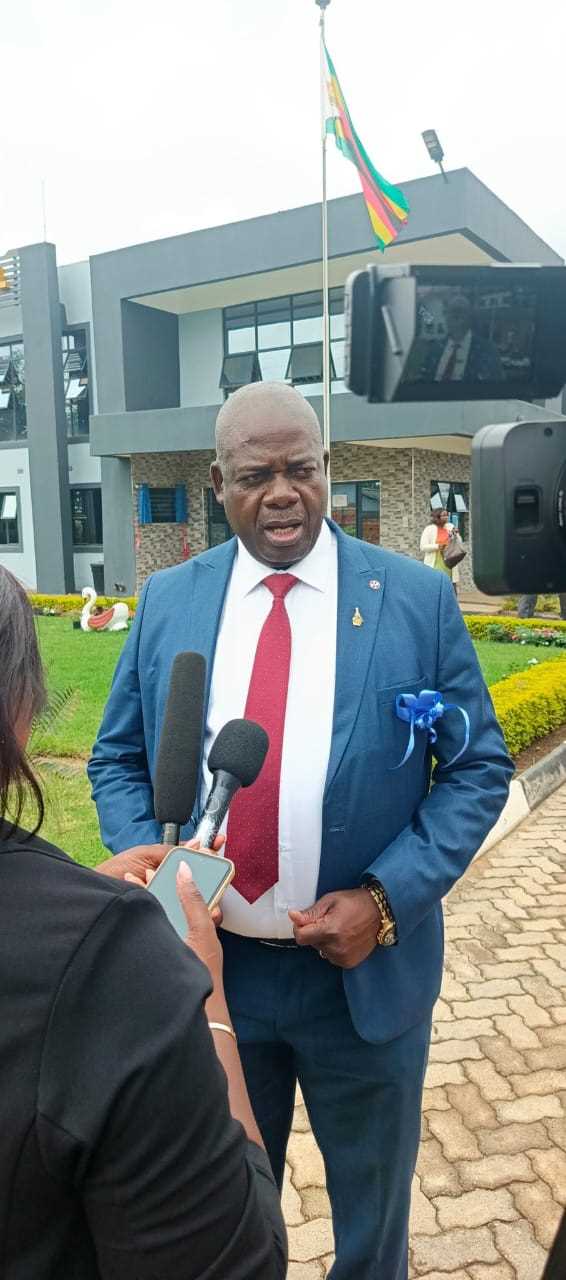
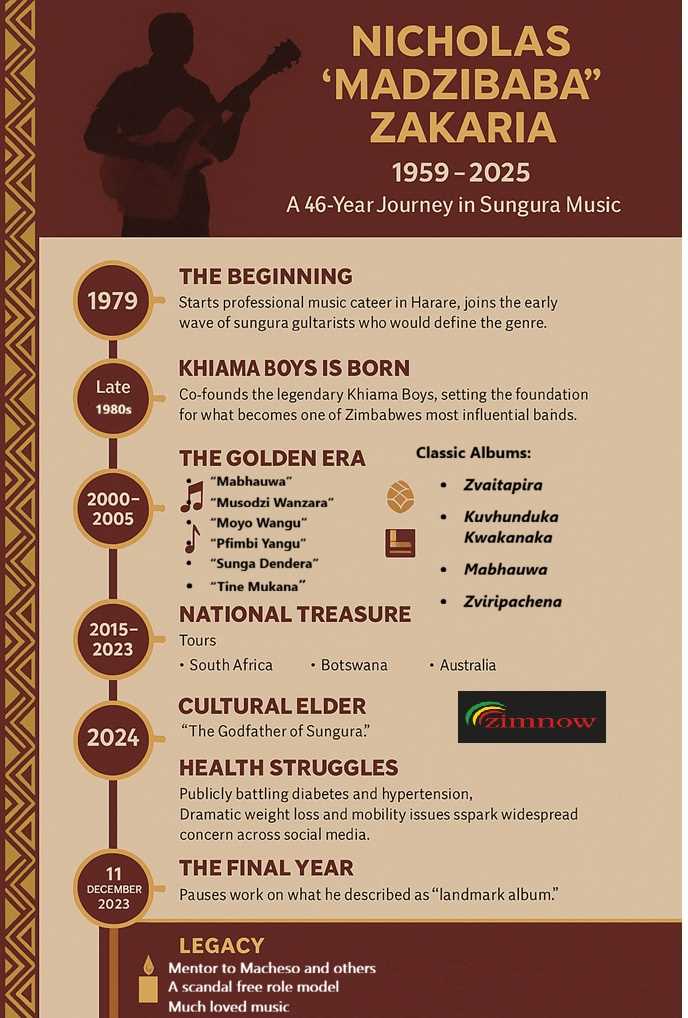






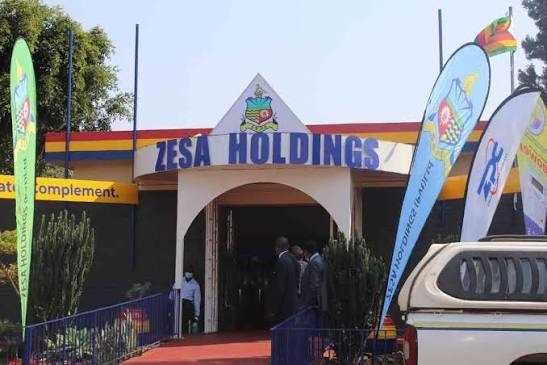



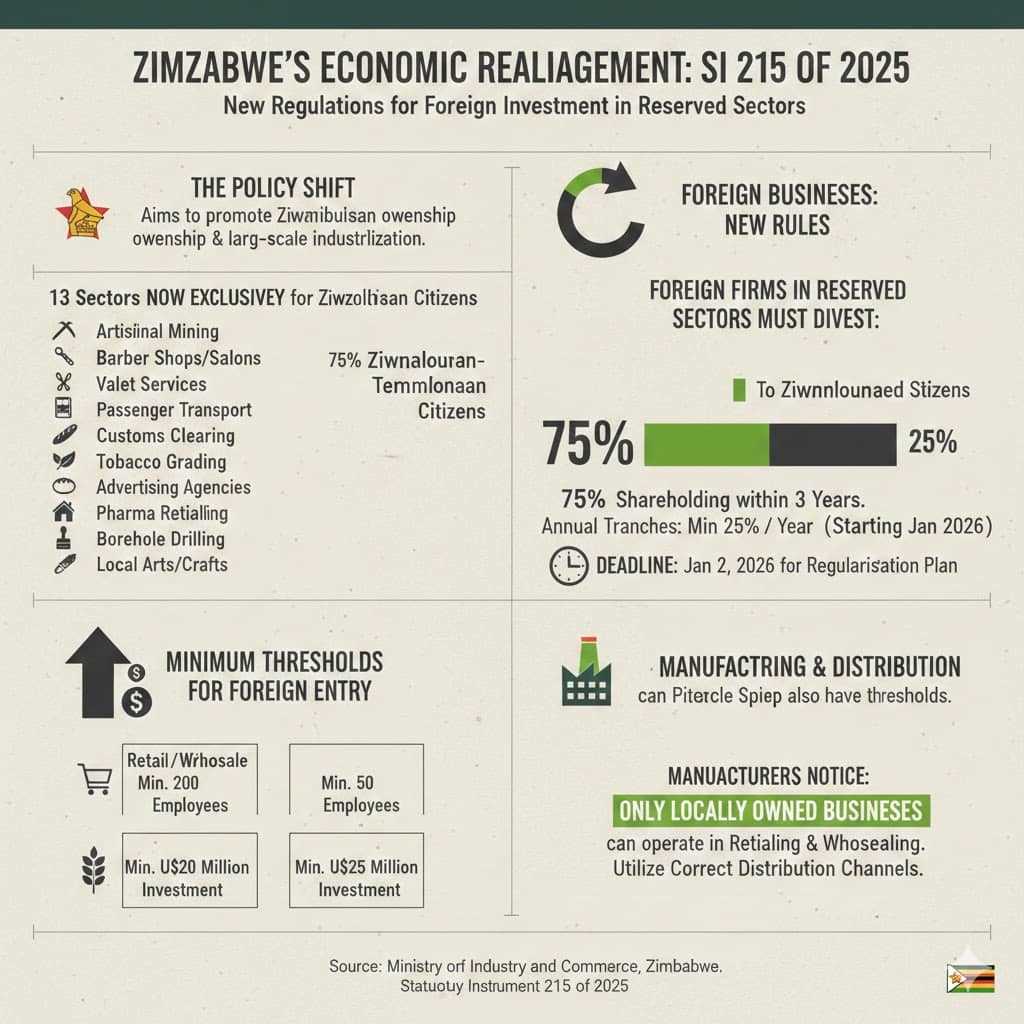
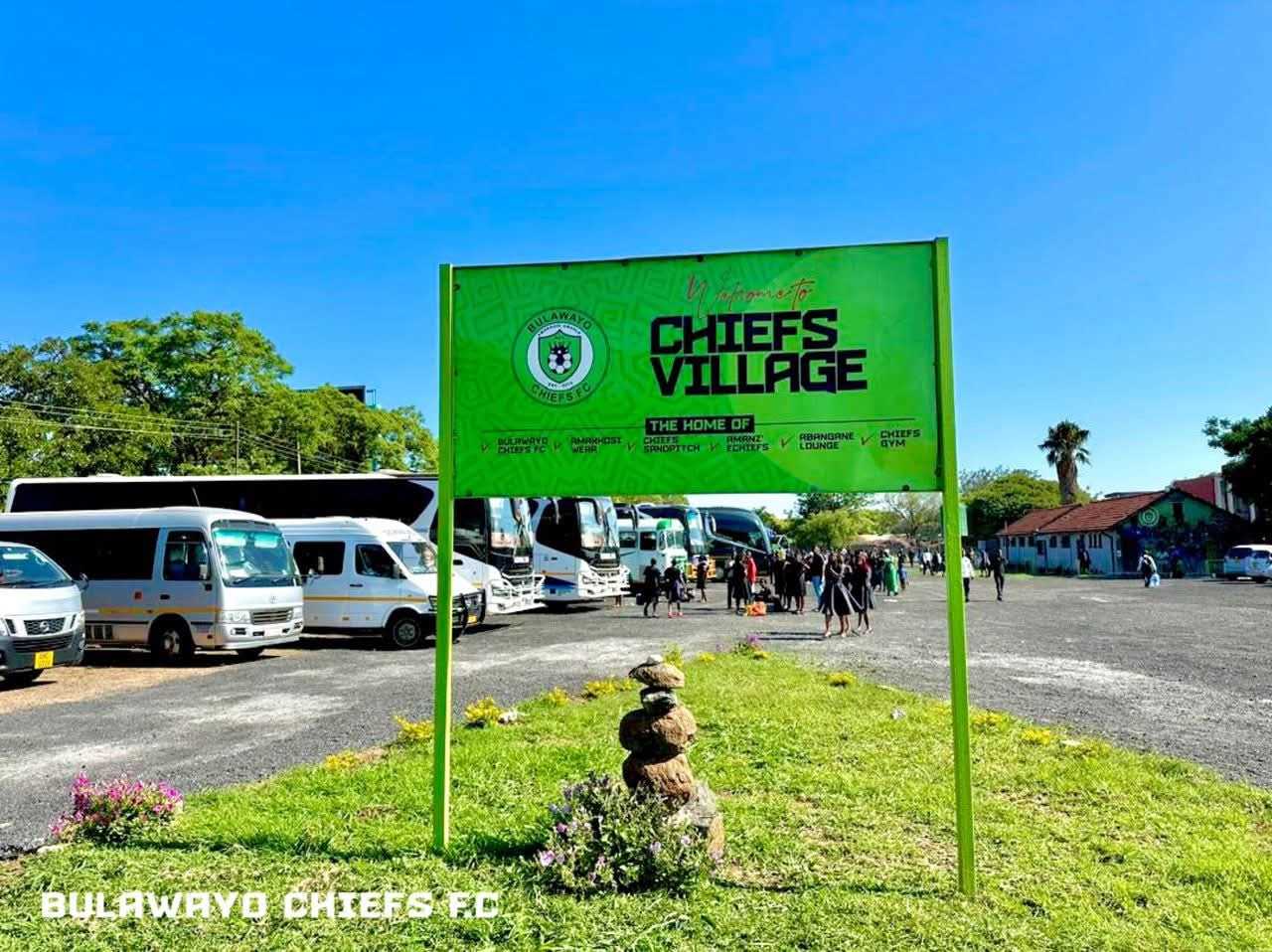

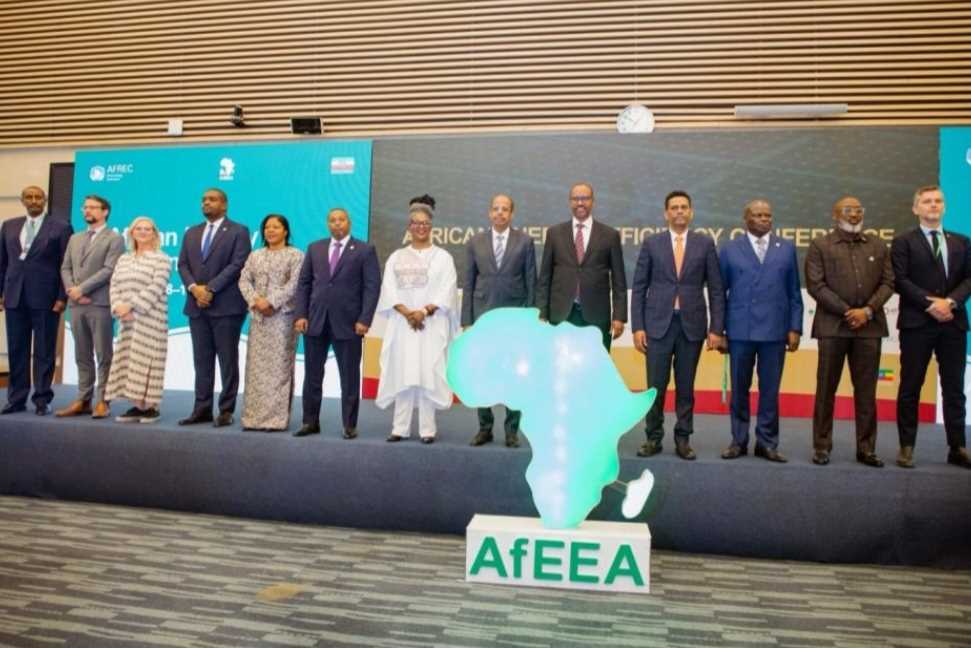


Leave Comments